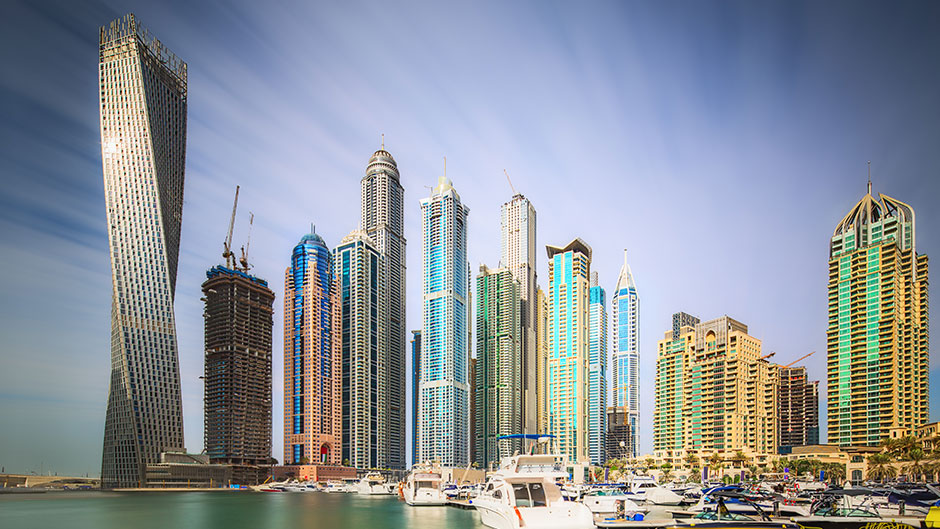The development of sustainable infrastructure will require a combination of sustained support and participation at governmental level, commitment to public and private investment and a legal and regulatory framework that permits growth whilst governing the social, economic and environmental standards that are the basis of sustainability.
Burgeoning urban growth will require proper planning, integration of the interests of diverse stakeholders and a focus on sustainable building materials and practices. It will also require better collection, use and analysis of big data.
Technology and innovation will have a key role to play in the switch to a low carbon economy with sustainable infrastructure. The internet of things is transforming building energy and water management. Footfalls are being measured to develop real time traffic management. Smart roads switch on and off lighting in response to usage. In Rio, the mayor has brought in IBM to devise an ambitious citywide initiative coordinating data from around 30 agencies to identify patterns, trends and crisis points.
Theoretically, there is no shortage of finance for sustainable infrastructure. Banks, funds, multilaterals, green bond providers and equity investors are queuing up to provide finance in recognition of stable returns and stakeholder interest, providing that the tenor, pricing and risks are acceptable.
A recent report by McKinsey however highlighted that the current infrastructure spending of USD2.5 trillion to USD3 trillion a year is only half the amount needed to meet the estimated USD6 trillion of average annual demand over the next 15 years.
Public funding will be important, but private sector investment clearly needs to be scaled up.
A critical issue for financing is having a pipeline of bankable projects backed by clear government policy supportive of sustainability considerations and forward thinking planning. Fiscal incentives, industry and consumer sustainability standards, fostering of new technology, better data analysis, capacity building mechanisms, stakeholder activism and more innovative financing mechanisms can all assist in helping to invest the USD90 trillion sustainably.
This article was first published in the Oath in April 2017.


